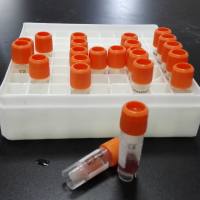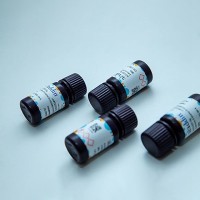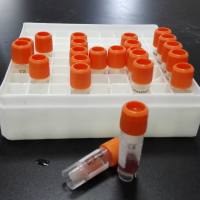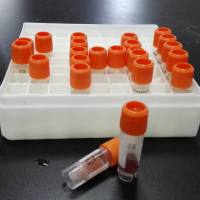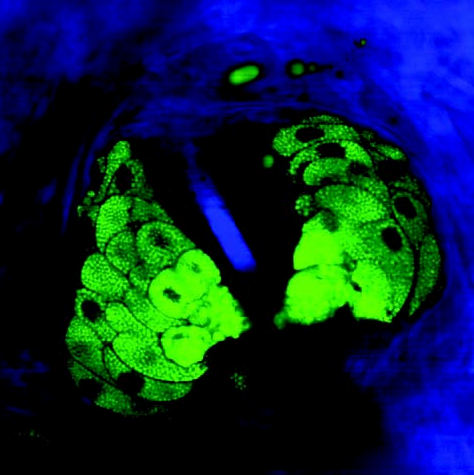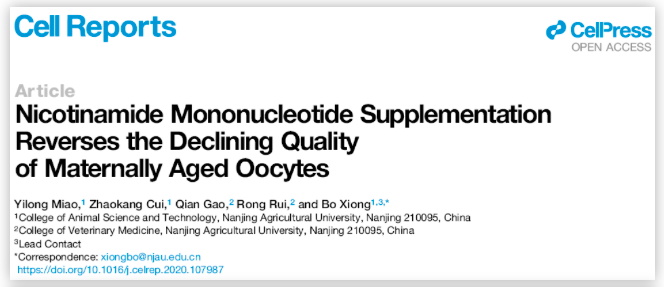《自然—化学》:英研发细胞内合成药物新方法
互联网
本文转载于丁香园站友 lile1989 , 点击此处 参与讨论
英国爱丁堡大学等机构的研究人员在新一期《自然—化学》(Nature Chemistry)上报告说,他们发现了将常用作催化剂的金属钯安全送入细胞内部的方法,为在细胞内合成某些药物提供了新的可能,有望用于定向治疗病变细胞等。
研究人员说,如果将纳米级钯粒子包裹在由聚苯乙烯制成的球形微粒中,便可将钯粒子送入细胞内。由于聚苯乙烯的保护作用,这些钯粒子不会对细胞造成毒害,细胞仍可进行制造蛋白质和新陈代谢等正常工作。
这一方法的潜力在于钯是一种常用作催化剂的金属,可促使发生许多化学反应。细胞中原本没有天然存在的钯,而上述运输新方法有助于在细胞内完成一些此前不可能发生的化学反应,比如用于合成某些药物。
研究者解释说,一些成品药物的分子可能由于体积太大而无法穿过细胞膜进入细胞,但这些药物的原料分子则能进入细胞,因此上述技术有望让药物原料在钯的催化作用下在细胞内部生成药物并发挥疗效。
领导这项研究的马克·布拉德利教授说,这一技术具有在细胞级别上定向投放药物的潜力,有望用于治疗癌症等疾病,且副作用较小。
原文链接: http://www.nature.com/nchem/journal/vaop/ncurrent/full/nchem.981.html
【Abstract】Many important intracellular biochemical reactions are modulated by transition metals, typically in the form of metalloproteins. The ability to carry out selective transformations inside a cell would allow researchers to manipulate or interrogate innumerable biological processes. Here, we show that palladium nanoparticles trapped within polystyrene microspheres can enter cells and mediate a variety of Pd0-catalysed reactions, such as allylcarbamate cleavage and Suzuki–Miyaura cross-coupling. The work provides the basis for the customization of heterogeneous unnatural catalysts as tools to carry out artificial chemistries within cells. Such in cellulo synthesis has potential for a plethora of applications ranging from cellular labelling to synthesis of modulators or inhibitors of cell function.
Figure 1: Synthesis and characterization of Pd0 microspheres.close
Figure 2: Pd0-mediated allylcarbamate cleavage within HeLa cells
Figure 3: Pd0-mediated Suzuki–Miyaura cross-coupling within HeLa cells.


